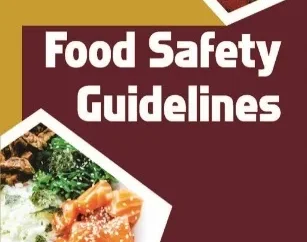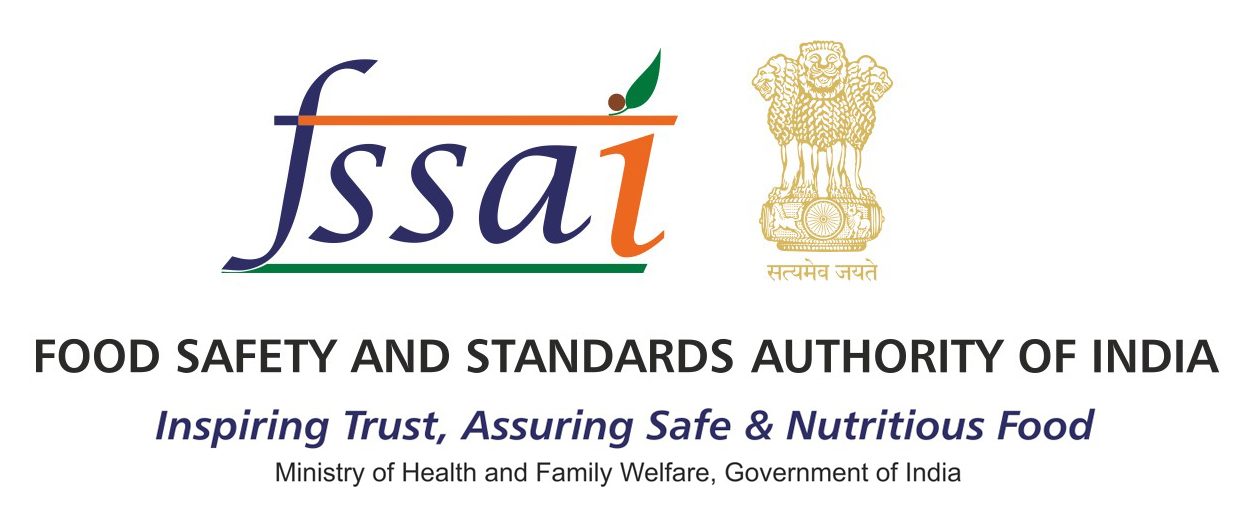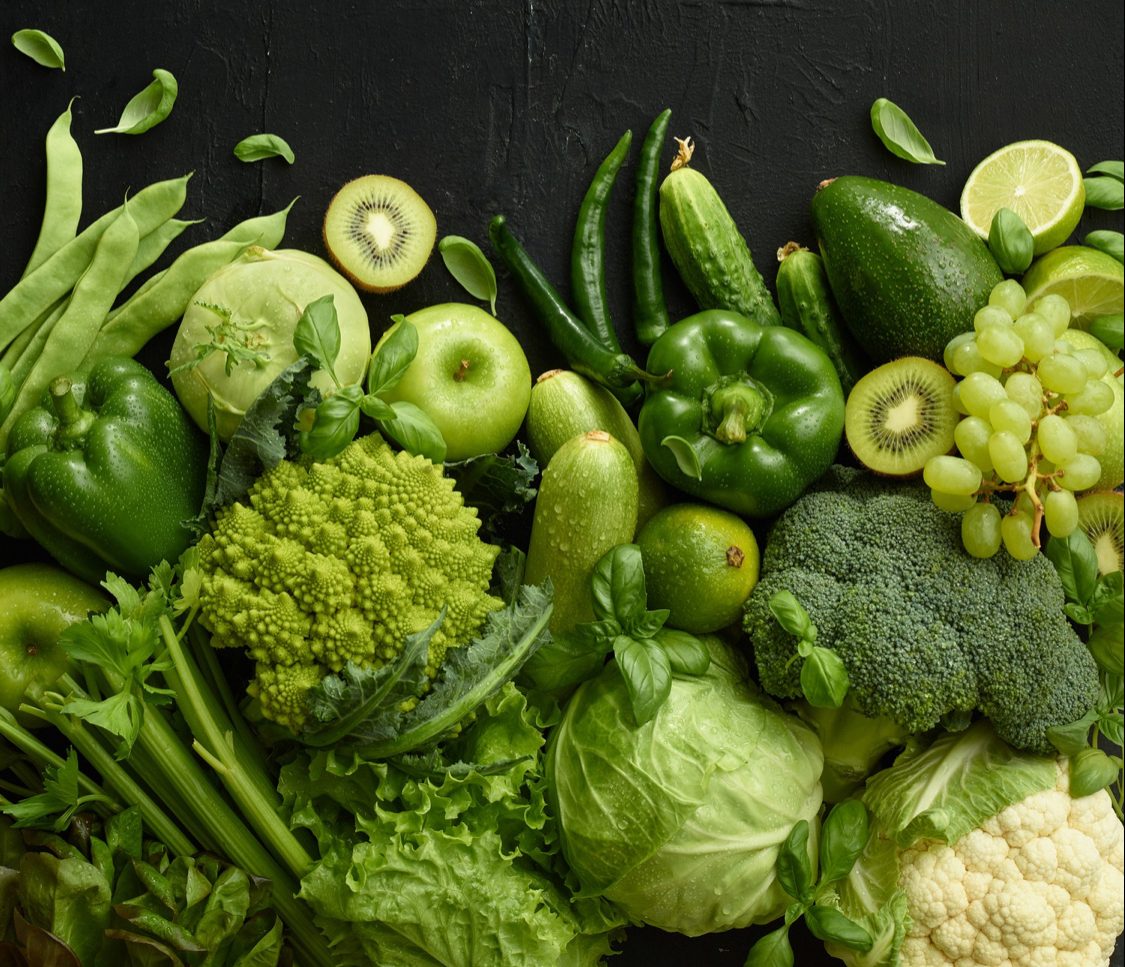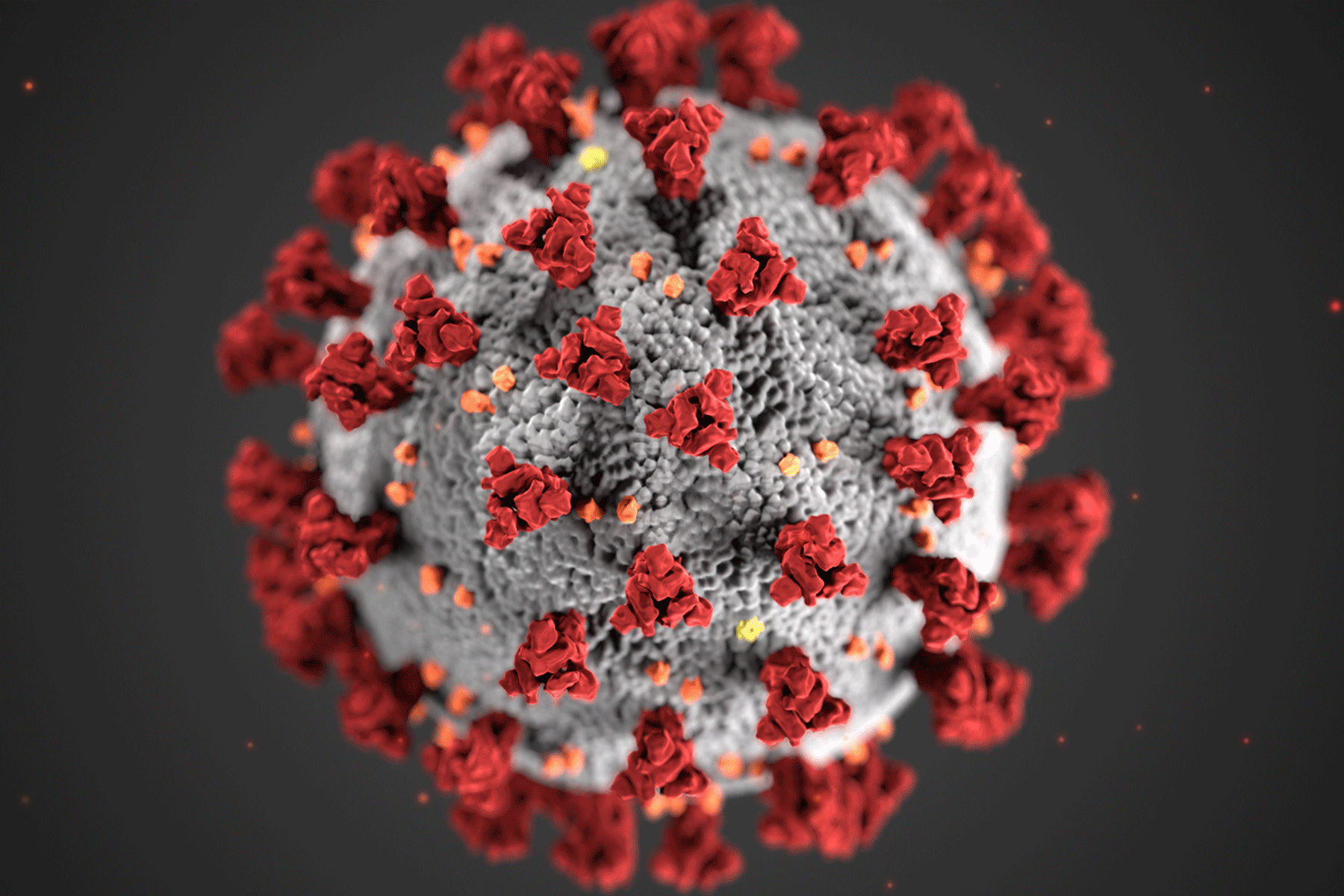Every school day, millions of children across India eat a hot, cooked meal through the Mid-Day Meal Scheme. For many, it’s the most filling and nutritious meal they get all day. This scheme fights hunger, brings children to school, and helps reduce dropouts. But what happens when this meal, meant to nourish, becomes unsafe? Sadly, contaminated food has made many children sick, and in some tragic cases, even led to death. These incidents raise serious questions about food safety, hygiene, and accountability in a program that touches the lives of millions of young students.
What Is the Mid-Day Meal Scheme?
The government launched the Mid-Day Meal (MDM) Scheme in 1995 to provide cooked lunches to school children from Classes 1 to 8 in government and government-aided schools. Today, it runs as one of the world’s largest school lunch programs. It tackles malnutrition, encourages school attendance, and improves learning. The scheme sounds great—and it truly is when it runs properly. But over the years, many reports have highlighted stale, contaminated, or unhygienic food being served to children. And that’s where the problem lies.
When a Meal Turns Dangerous
In 2013, a shocking tragedy struck a school in Bihar. Twenty-three children died after eating their midday meal. Investigators found that the cook had used oil stored in a pesticide container. This horrifying incident shook the nation. Sadly, it wasn’t a one-time event. Across India, authorities have reported:
- Worms in food
- Rotten vegetables are being used
- Meals cooked in dirty environments
- Children falling ill after lunch
How can we allow this? A meal that should help children grow ends up making them sick.
Why Does Contamination Happen?
Several reasons lead to contaminated meals:
- Poor Hygiene and Infrastructure: Many school kitchens lack basics—no clean water, no proper storage, and sometimes not even a proper cooking space. In some places, cooks prepare meals in dusty, open areas.
- Untrained Staff: Most cooks and helpers (often called bhojanmatas) don’t receive any formal food safety training. They may not know the importance of washing hands, using clean utensils, or checking for spoiled ingredients.
- Lack of Supervision: Schools often lack regular inspections. Without someone watching, unsafe practices go unnoticed. If checks happen, they’re usually rare and not thorough.
- Poor Quality Ingredients: Sometimes, suppliers cut corners to save money or boost profit. They may deliver expired or low-quality ingredients. In some cases, corruption plays a role in ignoring these issues.
How Contamination Affects School Children
Contaminated food can cause a range of health issues, especially in growing school children with weaker immunity. Some common health hazards include:
-
Food poisoning – caused by harmful bacteria or toxins in spoiled food.
-
Diarrhoea and vomiting – leading to dehydration and weakness.
-
Fever and stomach cramps – making children uncomfortable and unable to focus.
-
Nutritional deficiencies – if children skip meals out of fear, it affects their growth.
-
Long-term health effects – repeated infections can harm digestion and immunity.
Apart from the physical impact, there’s a major emotional toll too. When children fall sick after eating at school, they associate fear with food. Parents start to lose trust in the system. In some cases, they stop sending their children to school altogether. This defeats the very purpose of the Mid-Day Meal Scheme — to support education through nutrition. Ensuring safe meals is not just about health; it’s about protecting children’s right to learn, grow, and feel safe.
Who’s Responsible?
The Mid-Day Meal Scheme is a joint effort by the central and state governments. School management committees, local authorities, and even civil society groups are tasked with monitoring food quality. But when responsibility is spread across too many hands, accountability often slips through the cracks. The Food Safety and Standards Authority of India (FSSAI) has laid down clear hygiene and safety guidelines for school meals. However, in many areas, weak enforcement turns these rules into mere paperwork, rarely followed, barely checked.
What Can We Do About It?

We can fix the system if we act with urgency and care. Here’s how:
- Train the Staff: We must train cooks and helpers in food safety. They need to know how to wash hands, clean utensils, store ingredients properly, and cook food safely.
- Improve Infrastructure: Governments must ensure that schools have clean kitchens, safe drinking water, and proper storage. Several states have made progress, but this must happen everywhere.
- Monitor Meals Regularly: Officials, school committees, and local volunteers should carry out regular checks. Surprise inspections work best to catch unsafe practices.
- Involve the Community: Parents and local communities can play a big role. If they help monitor and report issues, schools become more accountable. Some states now use mobile apps for this.
- Use Technology: We can use mobile apps, digital logs, and real-time reporting to track food quality. This adds transparency and reduces delays in fixing problems.
A Meal Worth Serving
No child should fear the food served at school. A simple lunch of rice and dal should bring smiles, not sickness. The Mid-Day Meal Scheme is a powerful idea. It feeds both the body and the mind. But we must treat food safety as a non-negotiable priority. We can’t brush off food contamination as “just an accident.” It’s a burning issue. Let’s act—train food handlers, build better kitchens, inspect regularly, and create systems that work. When it comes to children, “better safe than sorry” isn’t just a saying—it must be our promise.
 Food Manifest
Food Manifest 


















